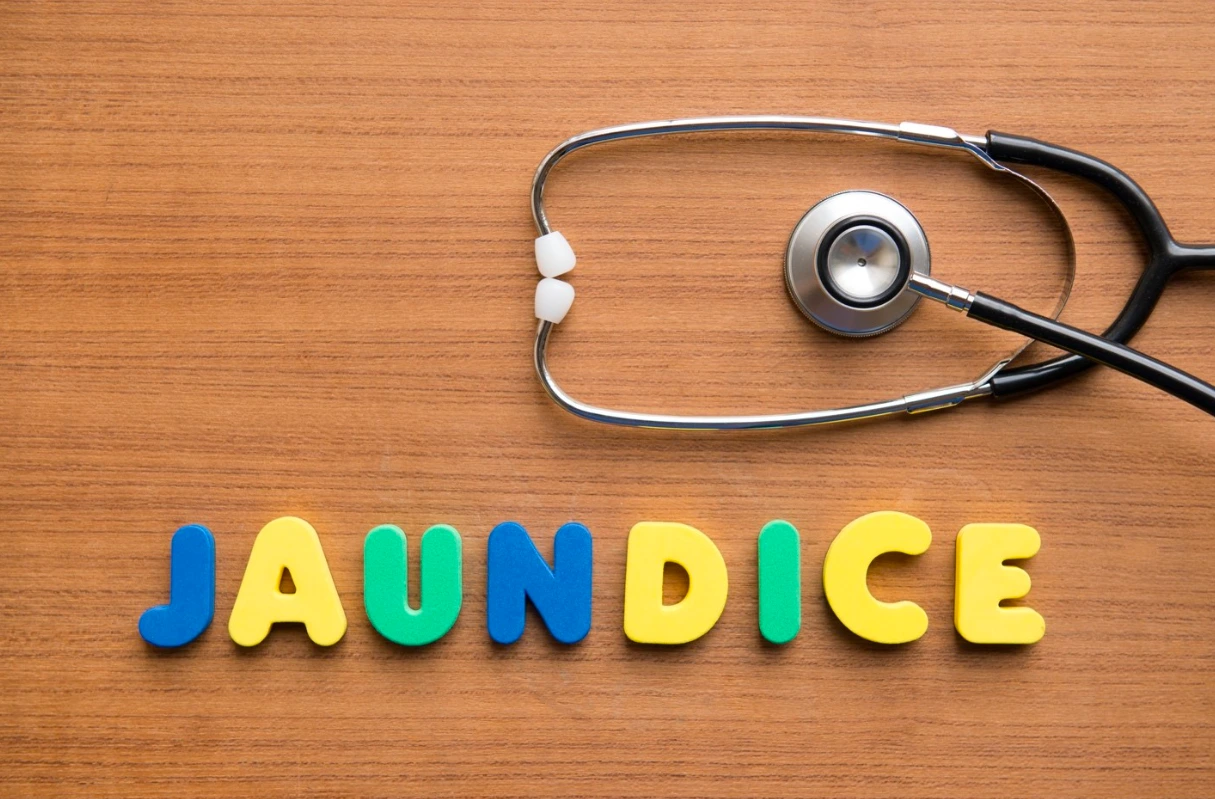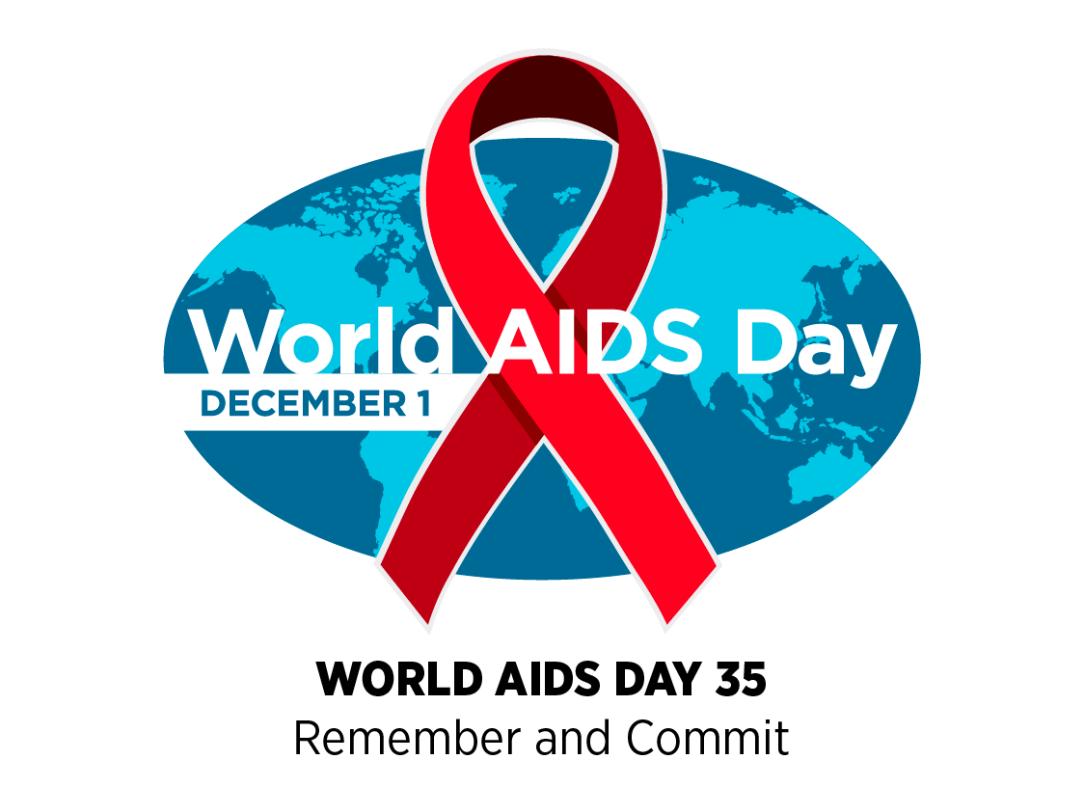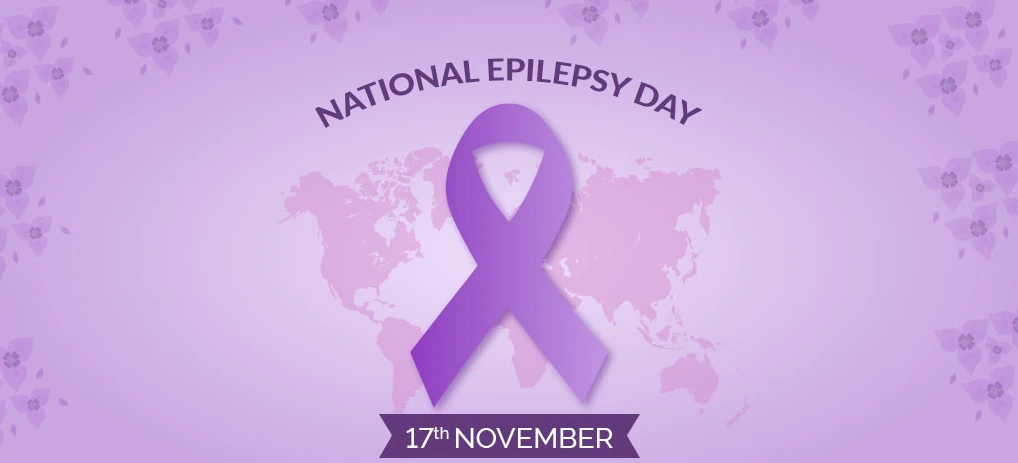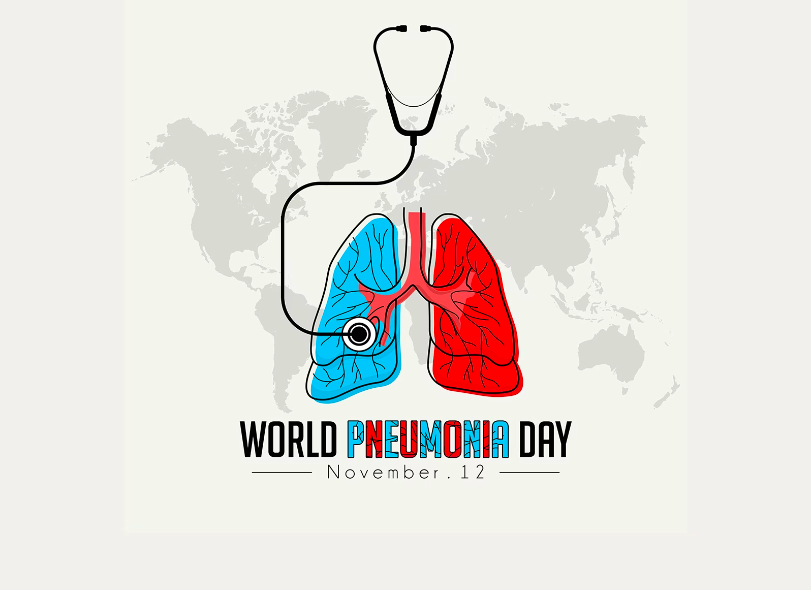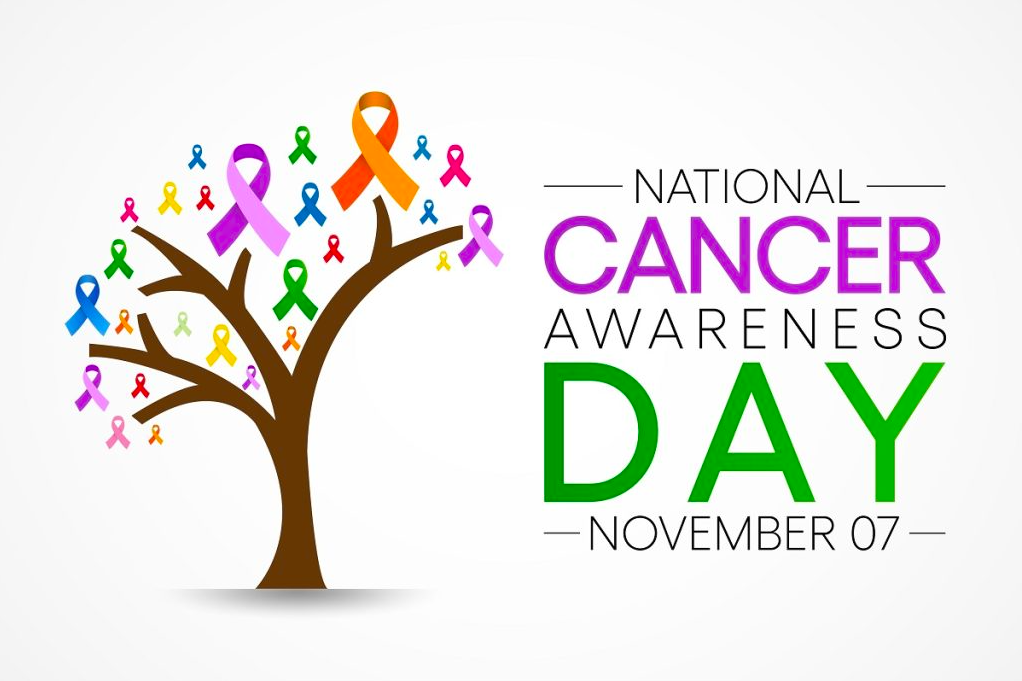Jaundice is a problem that many people face. It makes your skin and eyes look yellow and can also make you feel tired, itchy, or have stomach pain. In this blog, we will learn why jaundice happens, how to find out if you have it, and how to treat it. We will also focus on a good and balanced diet plan that can help you prevent or deal with jaundice.
Let’s start by understanding what a healthy jaundice diet can do for your liver and your health.
Understanding Jaundice and Its Symptoms:
Jaundice happens when you have too much of a yellow substance called bilirubin in your blood. Bilirubin is made when your body breaks down old red blood cells. Your liver is supposed to filter out bilirubin and get rid of it in a liquid called bile. Bile helps you digest fats. But sometimes, your liver is not working well, or something is blocking the flow of bile. This causes bilirubin to build up in your blood and make you look yellow.
The main sign of jaundice is the yellow color of your skin and eyes. You may notice it more in places where your skin is lighter, like your hands, feet, and eyes. The yellow color can be light or dark, depending on how much bilirubin you have in your blood.
Other signs of jaundice are:
- Peeing is dark yellow or brown.
- Pooping is light or white.
- Feeling itchy all over
- Not feeling hungry and losing weight
- Feeling sick and throwing up
- Having pain or swelling in your stomach
- Having a fever and shivering
- Feeling weak and tired
- Having headaches and confusion
Some of these signs can be mild or severe, depending on why you have jaundice and how bad it is. If you see any of these signs, you should go to the doctor right away.
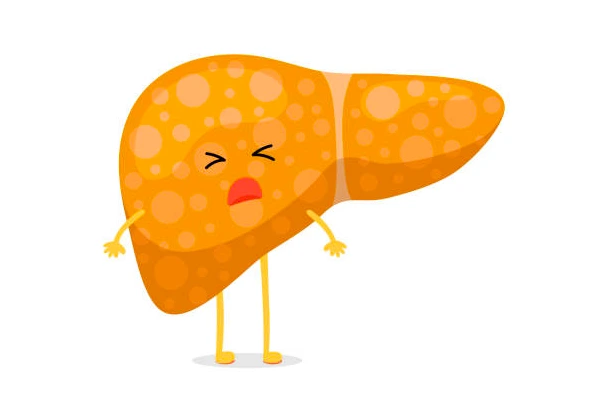
Diagnosis of Jaundice:
To find out if you have jaundice, your doctor will ask you about your health history, your signs, and how you live. They will also check your skin and eyes for any yellowing. They may also take some blood from you to measure your bilirubin level and see how well your liver is working.
Sometimes, your doctor may also need to take some pictures of your liver or bile ducts with special machines, like an ultrasound, CT scan, or MRI scan. These machines can show if there is anything wrong with your liver or bile ducts. They may also take a small piece of your liver with a needle for more testing.
Based on these tests, your doctor will be able to tell what kind of jaundice you have. There are three main kinds of jaundice:
- Pre-hepatic jaundice: This happens when you make too much bilirubin because your red blood cells break down too fast. This can happen because of some diseases like malaria, sickle cell anemia, or hemolytic anemia.
- Hepatic jaundice: This happens when your liver is damaged or swollen and cannot filter out bilirubin from your blood. This can happen because of some diseases like hepatitis, cirrhosis, alcohol abuse, or liver cancer.
- Post-hepatic jaundice: This happens when something blocks the flow of bile from your liver to your intestines. This can happen because of things like gallstones, gallbladder swelling, or pancreatic cancer.

Treatment Approaches for Jaundice:
The treatment for jaundice depends on what causes it and what kind of jaundice you have. Some possible treatments are:
- Pre-hepatic jaundice: You may need some medicines to kill the germs that cause malaria, some blood from someone else who is healthy (for anemia), or some iron pills or foods that have iron (for iron deficiency).
- Hepatic jaundice: You may need some medicines to fight the virus that causes hepatitis, some medicines to reduce the swelling and scarring of your liver (for cirrhosis), some medicines to undo the damage caused by alcohol (for alcohol abuse), or some treatments like chemotherapy or radiation therapy (for liver cancer).
- Post-hepatic jaundice: You may need surgery to remove the thing that blocks the bile ducts (for gallstones), some medicines to stop the infection or swelling of the gallbladder (for gallbladder swelling), or surgery or chemotherapy (for pancreatic cancer).
In some cases, you may need a new liver from someone else who is willing to give it to you if your liver is very damaged or sick.
The Power of a Nourishing Jaundice Diet
A good diet can help your liver work better and recover faster from jaundice. Here are some general tips for eating well when you have jaundice:
- Eat a balanced diet that has a lot of fruits, vegetables, whole grains, lean proteins, and healthy fats. These foods give you important nutrients and antioxidants that can help protect and heal your liver cells.
- Avoid foods that have a lot of fat, sugar, salt, or spices. These foods can make your liver and bile ducts work harder and make your symptoms worse. They can also make you feel sick, bloated, or have diarrhea.
- Drink a lot of fluids, especially water. This can help wash out the toxins and bilirubin from your body and keep you from getting dehydrated. You can also drink herbal teas, fruit juices, or vegetable juices, but stay away from drinks that have caffeine or alcohol.
- Limit how much iron you eat, such as from red meat, liver, or cereals that have iron added to them. Too much iron can build up in your liver and hurt it. But if you have low iron levels in your blood, you may need to take iron pills or eat more foods that have iron, as your doctor tells you.
- Include foods that have natural good bacteria, such as yogurt, kefir, or fermented foods. Good bacteria can help balance your gut and improve your digestion and immunity.
- Eat smaller and more frequent meals during the day. This can help avoid overloading your liver and bile ducts and improve your metabolism. It can also help prevent you from feeling sick or throwing up.

Diet chart for a 7-day period
A well-balanced diet plays a pivotal role in supporting liver function and facilitating jaundice recovery. Below is a comprehensive jaundice diet chart for a 7-day period.
Day 1: Green Star
- Breakfast: Start the day with a bowl of cooked oats topped with fresh berries and a handful of almonds for added nutrition. Sip on warm water with a squeeze of lemon for detoxification and antioxidant benefits.
- Mid-morning snack: Grab a ripe banana or a juicy apple to keep your energy levels up.
- Lunch: Enjoy a comforting bowl of mixed vegetable soup accompanied by whole wheat bread. Add a fresh salad with leafy greens, tomatoes, carrots, and avocado. Sip on a cup of green tea for a refreshing boost.
- Afternoon snack: Nibble on a handful of walnuts or pistachios for a dose of healthy fats.
- Dinner: Opt for grilled chicken or fish served with steamed broccoli and a portion of brown rice. Complete the meal with a glass of freshly squeezed orange juice for a burst of vitamin C.
Day 2: Fruity Fusion
- Breakfast: Relish scrambled eggs with spinach and a sprinkle of cheese served with a slice of whole wheat toast. Start your day with a glass of water infused with lime for a revitalizing touch.
- Mid-morning snack: Treat yourself to a cup of yogurt topped with a spoonful of granola and a drizzle of honey.
- Lunch: Delight in a wholesome lentil curry paired with either brown rice or chapati. Enjoy a refreshing cucumber raita alongside your main course. Accompany the meal with a cup of herbal tea.
- Afternoon snack: Re-energize with a few dates or figs.
- Dinner: End your day with a nourishing beetroot, apple, and lemon salad for a delightful and nutritious conclusion.
Day 3: Zesty Mix
- Breakfast: Start your day with a revitalizing juice blend of orange, carrot, and ginger to invigorate your senses and nourish your body.
- Mid-morning snack: Stay refreshed with a delightful glass of pineapple and cucumber juice.
- Lunch: Savor the goodness of a tangy tomato, bell pepper, and celery juice to keep you energized.
- Afternoon snack: For a tangy treat, try kiwi and lime juice.
- Dinner: Conclude the day with a rejuvenating blend of spinach, apple, and cucumber juice to soothe your senses.
Day 4: Juicy Wholesomeness
- Breakfast: Begin your day with a delightful juice blend of spinach, cucumber, kiwi, and apple to kick-start your morning with a burst of nutrients.
- Mid-morning snack: Enjoy a quick and refreshing glass of carrot and orange juice.
- Lunch: Stay refreshed and hydrated with a watermelon and mint juice for a revitalizing midday pick-me-up.
- Afternoon snack: Satisfy your taste buds with a mango and spinach juice for a tropical twist.
- Dinner: End the day with a revitalizing blend of broccoli, pear, and ginger juice to end your day on a nourishing note.
Day 5: Berry Bliss
- Breakfast: Fuel your morning with a revitalizing juice blend of strawberry, banana, and spinach to kick-start your day with essential nutrients.
- Mid-morning snack: For a sweet and tangy treat, enjoy a juice blend of blueberry and raspberry.
- Lunch: Relish the goodness of mixed berry and kale juice for an exquisite combination of flavors and essential nutrients.
- Afternoon snack: Treat yourself to tropical twist with celery and pineapple juice.
- Dinner: Conclude the day with delightful beetroot, apple, and lemon juice to end your day on a nourishing note.
Day 6: Radiant Reds
- Breakfast: Start your day with a zesty juice blend of orange, carrot, and ginger to invigorate your senses and nourish your body.
- Mid-morning snack: Stay refreshed with a delightful glass of pineapple and cucumber juice.
- Lunch: Savor the goodness of a tangy tomato, bell pepper, and celery juice to keep you energized.
- Afternoon snack: For a tangy treat, try kiwi and lime juice.
- Dinner: Conclude the day with a rejuvenating blend of spinach, apple, and cucumber juice to soothe your senses.
Day 7: Fruity Fiesta
- Breakfast: Begin your day with a refreshing juice blend of orange, grapefruit, and lemon to boost your immunity and cleanse your system.
- Mid-morning snack: Enjoy a delicious glass of strawberry and banana juice for a sweet and creamy treat.
- Lunch: Relish the goodness of a tropical juice blend of mango, pineapple, and coconut water for a hydrating and satisfying midday meal.
- Afternoon snack: Treat yourself to a vibrant juice blend of beetroot, carrot, and apple for a burst of antioxidants and vitamins.
- Dinner: End the day with a nourishing juice blend of kale, celery, and pear for a green and clean finish.
Conclusion:
A nourishing jaundice diet is essential for supporting your liver health and speeding up your recovery process. This balanced diet chart, filled with nutrient-rich fruits and vegetables, offers a refreshing and delicious way to prevent and manage jaundice. However, before making any significant changes to your diet, especially if you have other health conditions, you should always consult a healthcare professional for guidance. By following a nourishing jaundice diet and professional advice, you can embark on a journey to better health and well-being. Cheers to your vibrant health and revitalized spirit with the magic of a nourishing jaundice diet!
Read More:
Jaundice as a Diagnostic and Therapeutic Problem: A General Practitioner’s Approach
Jaundice Diet Chart: The Ultimate Guide For Your Health

